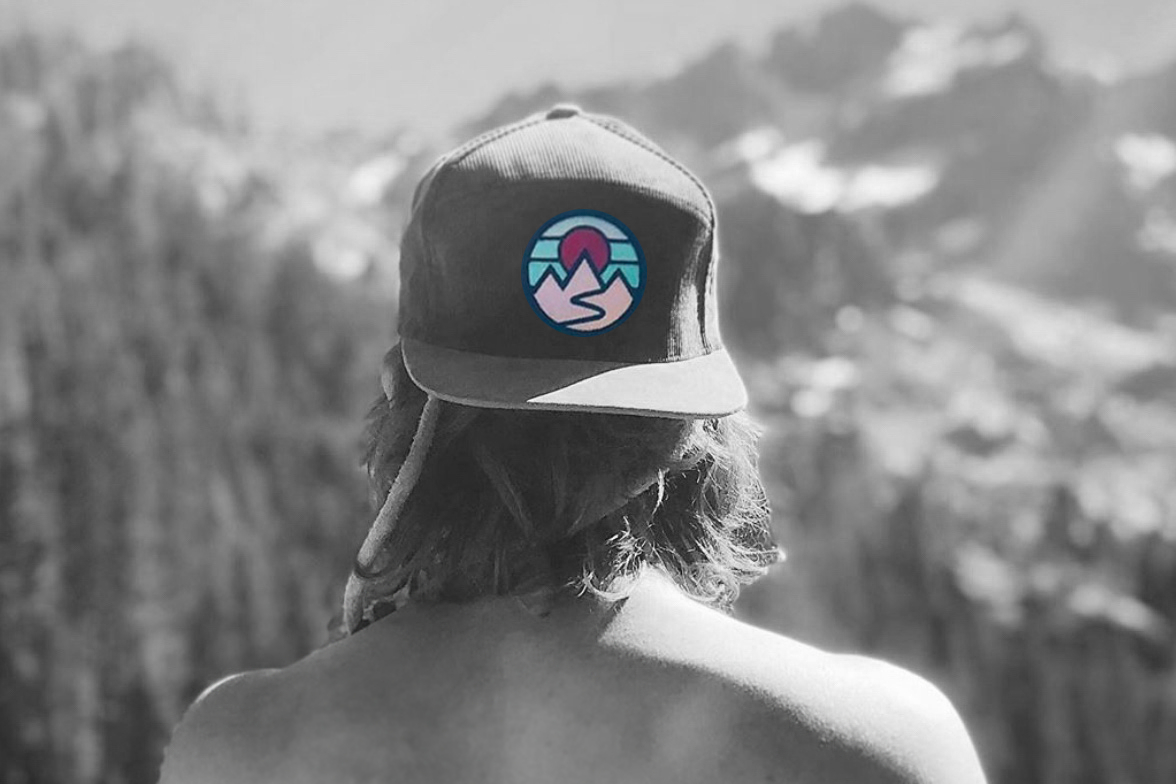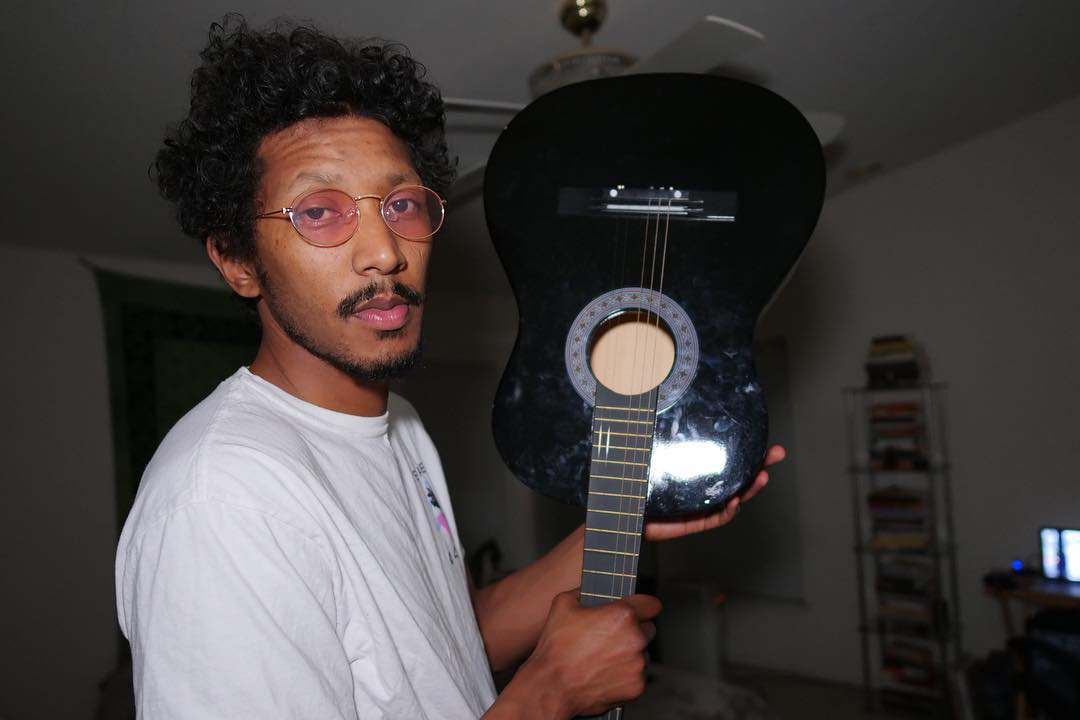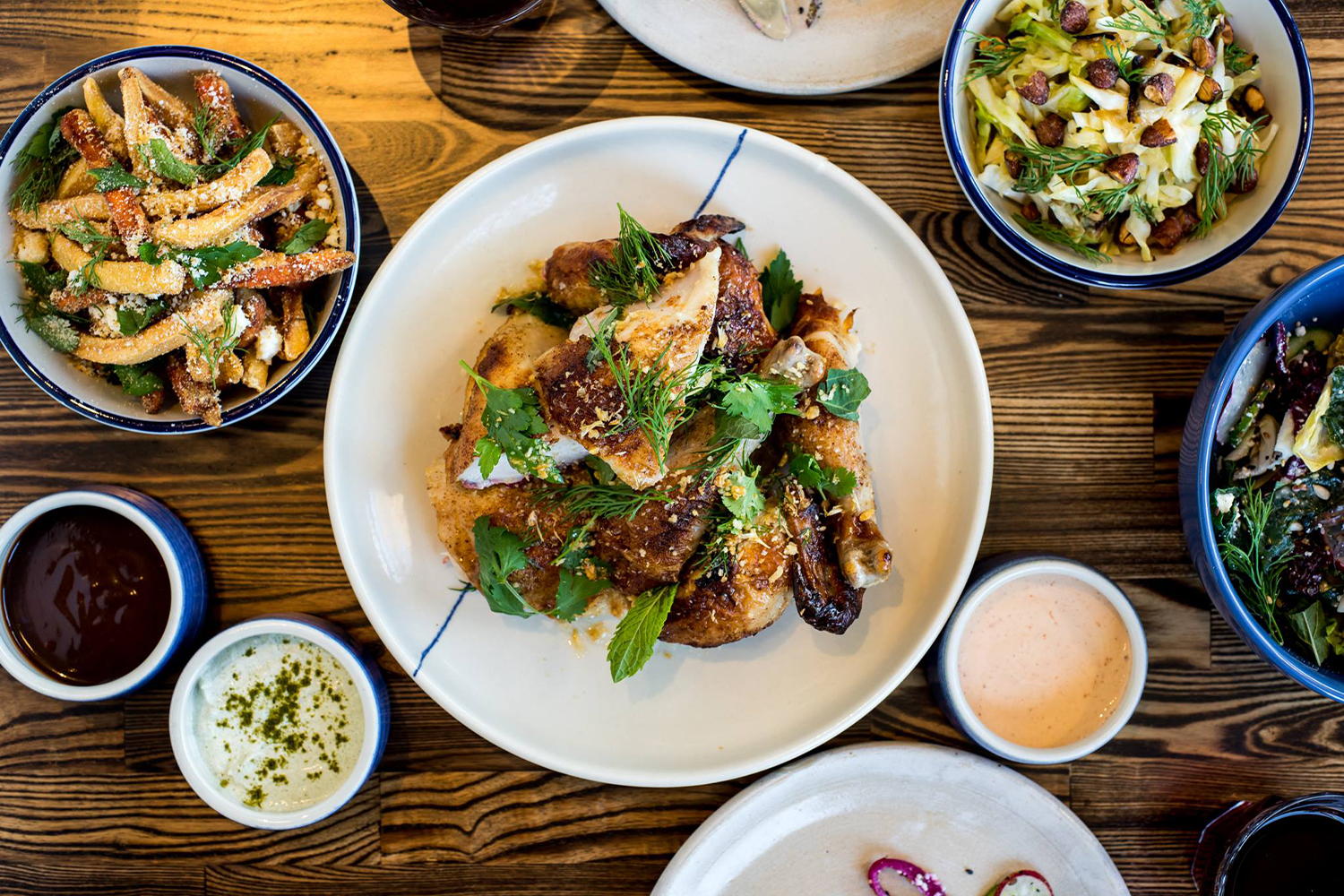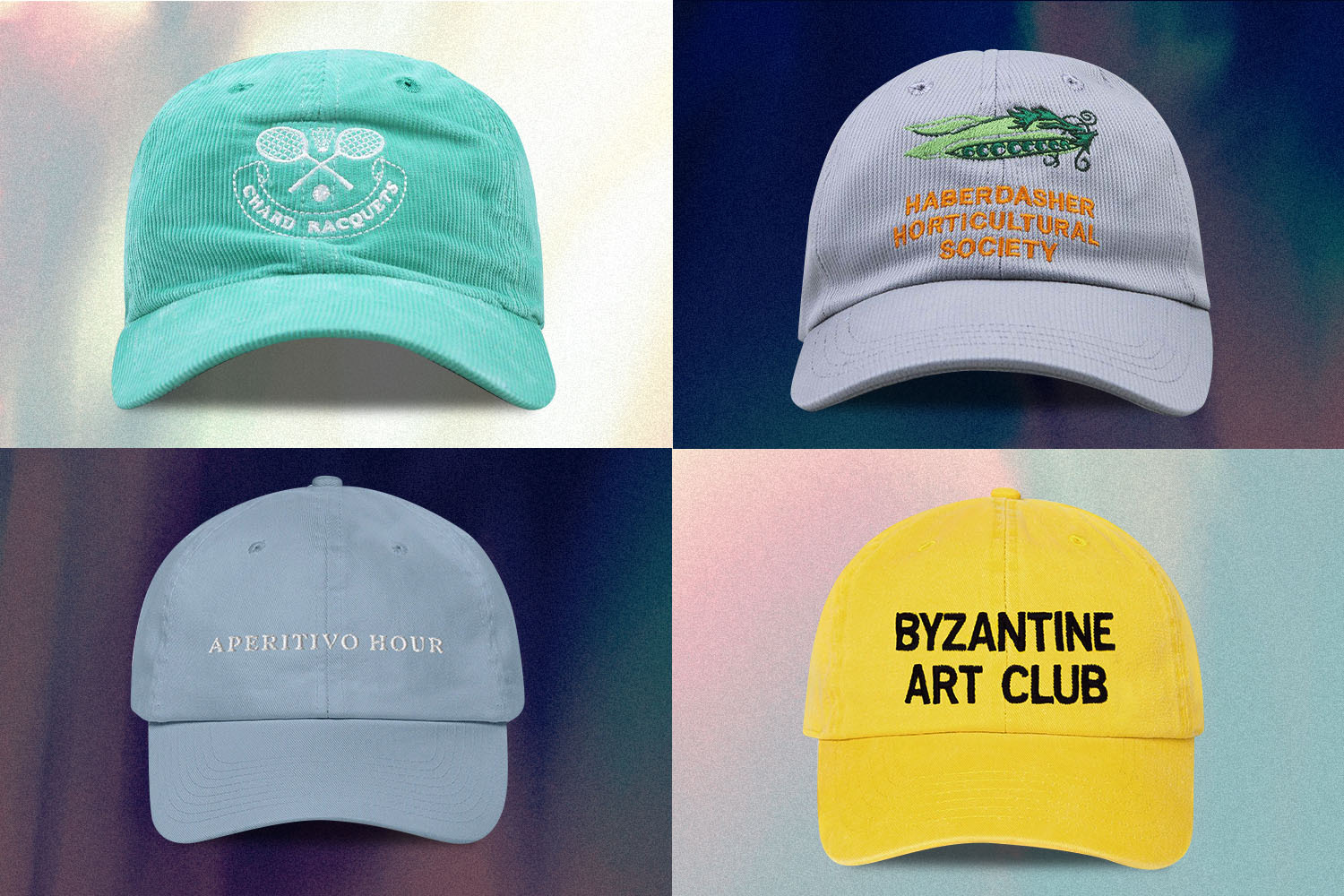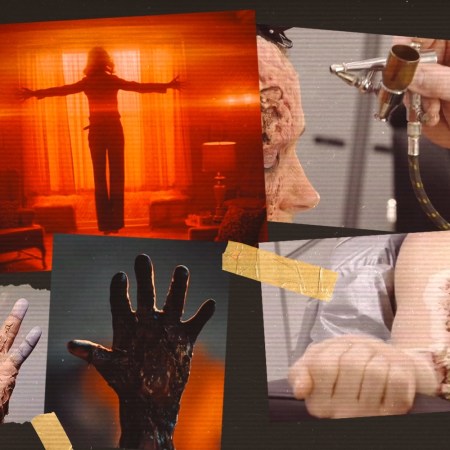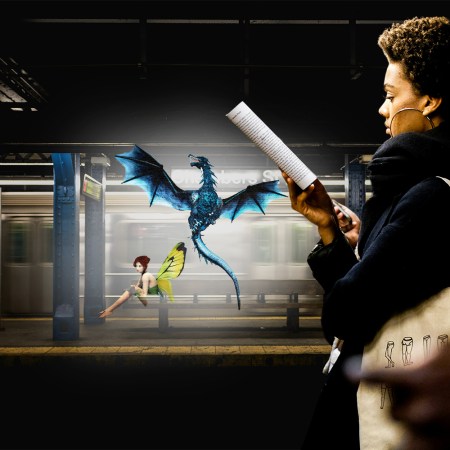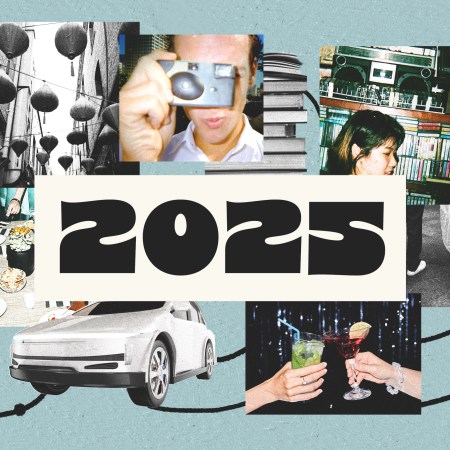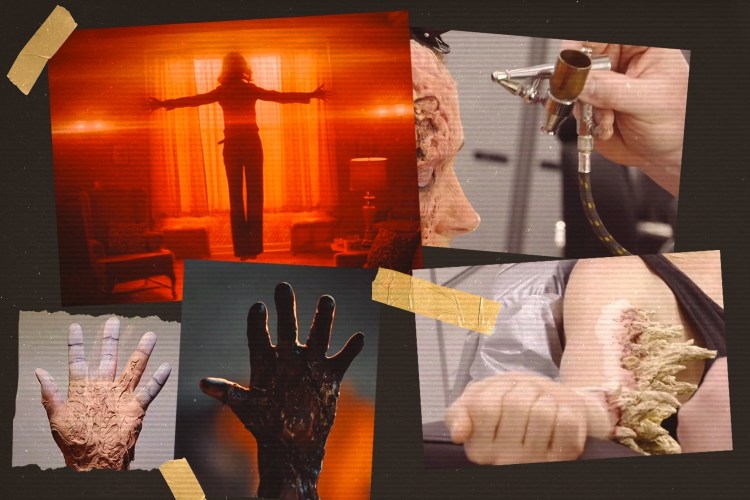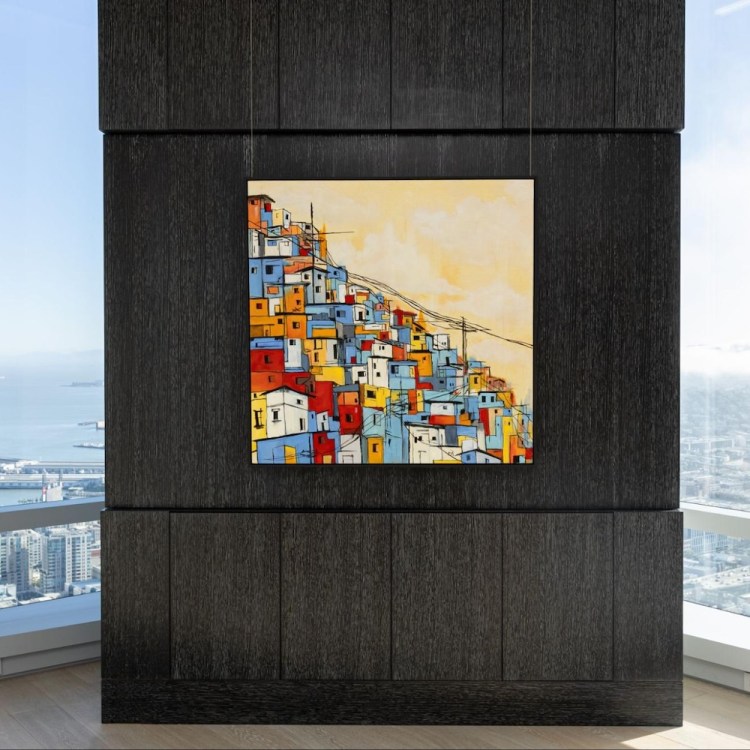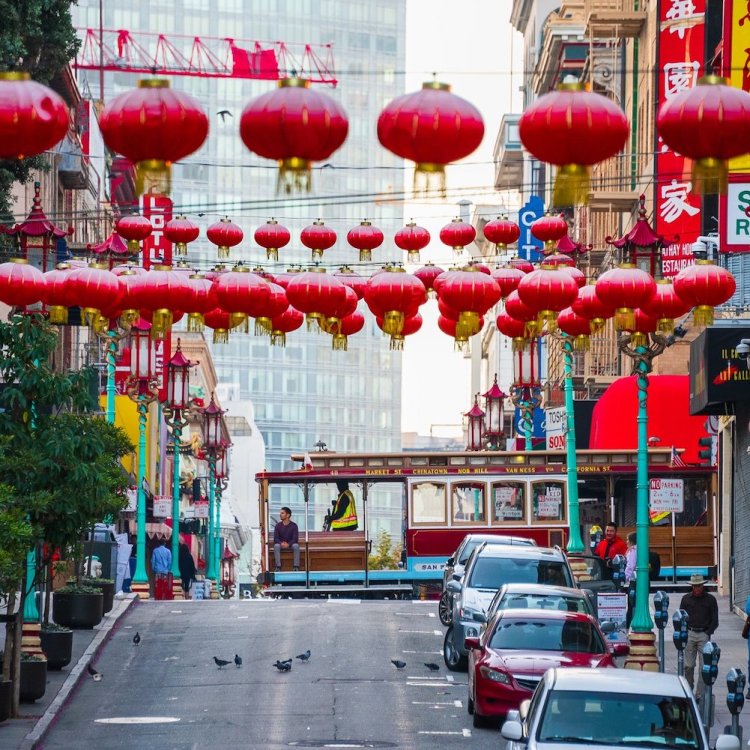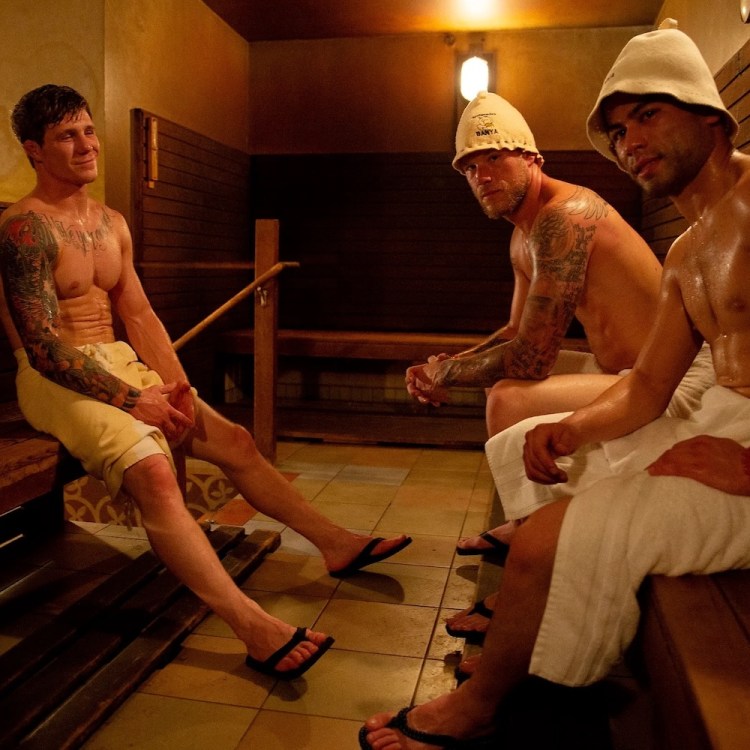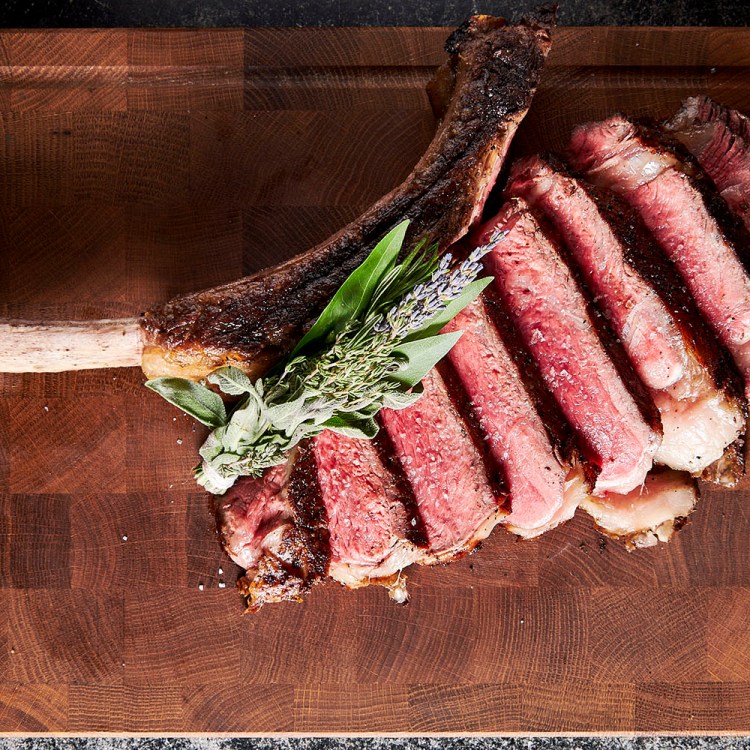Artist and designer Tommy Breeze thinks the moment has come for the Bay Area’s makers to challenge its sprawling class of technocrats. Breeze, who grew up in Fairfax, in Marin County, makes art inspired by the landscapes of Northern California — murals, patches, apparel and, by most popular demand, a line of devastating snapbacks that he releases in limited runs.
For Breeze, this work is a launching pad: one step toward inspiring a new wave of San Francisco makers and artists, who could bring the Bay Area back to its manufacturing roots. (None of those World War II cargo ships built themselves.)
Here, 14 questions for Breeze on his vision of an alternate future for the Bay Area.
InsideHook: Where are you from?
Tommy Breeze: Fairfax, in Marin. When you grow up in Marin County, you don’t realize how lucky you are.
What did you study in college?
I went to Whitman College in eastern Washington to study art history — for a while, I was looking at a career in museum studies, and thought maybe I’d find a spot on a staff at a Bay Area museum. When I got back from college, though, I started working at a studio called Trouvé.
How did you get from there to selling your own work?
I started with this little pin-back button — that’s when I started making circular designs. What people usually do with a button machine is you have a logo that fits in a circle, and then you punch out a button. What I realized was that I could make these tiny little original paintings by painting in watercolors and then putting ink on top of the paintings — and then making it into a button. And then they just started selling. We did a huge run of hand-painted buttons for the Fairfax festival, and I think we sold out of all of them. So I started thinking: What is the thing I can connect with, that maybe also has a higher price point than a tiny little button?
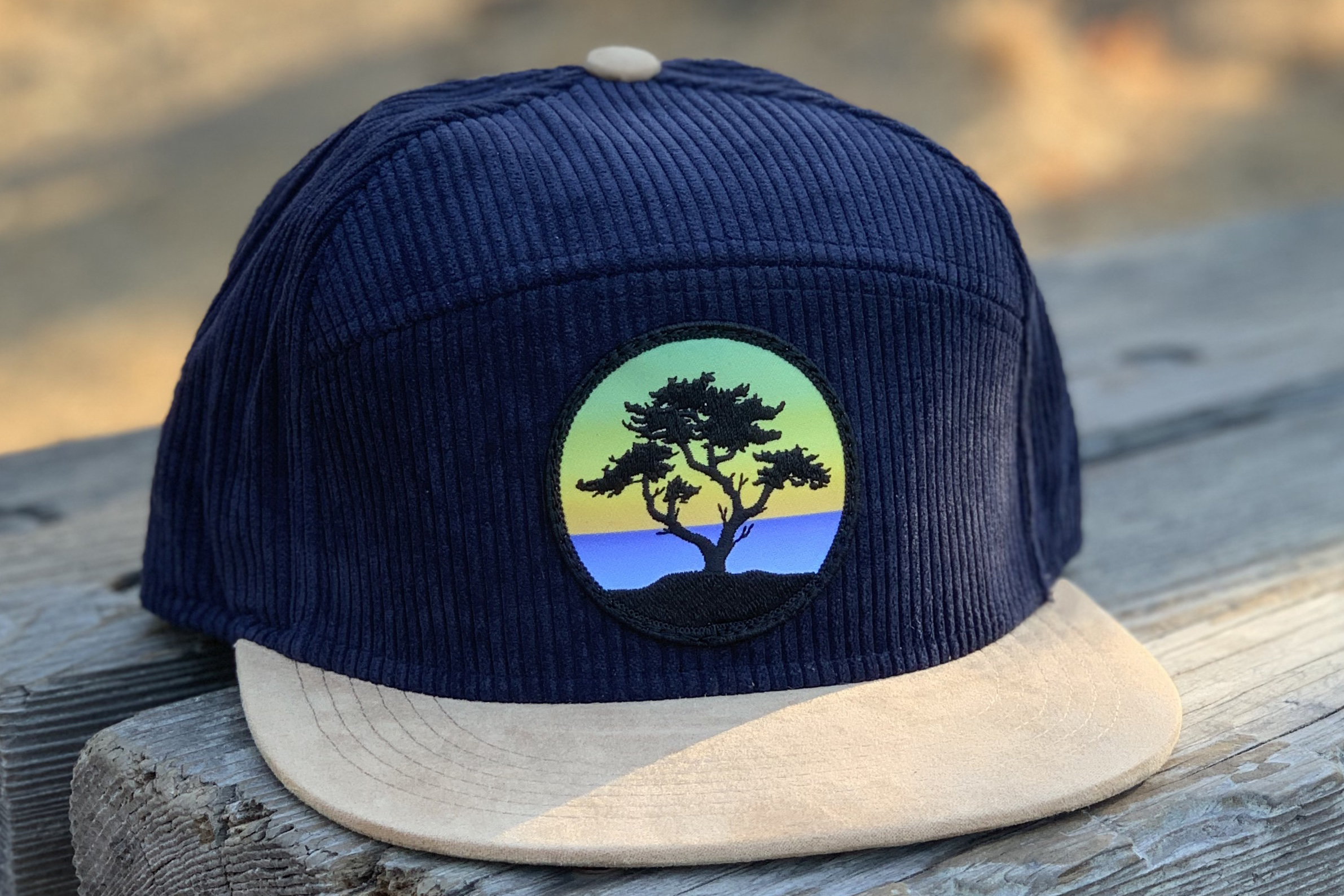
So what was it??
Well — I happened to be looking for a new hat. I love a hat — you can take a hat on adventures; it’s something you can start building memories with. I was looking for a hat that was going to be my companion for the summer and I just couldn’t really find one. Then I got a corduroy hat at a Giants game. I was looking at the hat, and looking at my circular designs, and I thought I could take this design and learn how to put them on a hat. I saw they had an order minimum of 50 patches, so I thought, I guess I have to go into business. When the patches arrived a month later they were 100 of them.
So there’s your job — sell 100 hats.
But sew them, first! I would take a needle and thread and learn how to get the patch cleanly onto the hat. I was also working a second job at that time — possibly the easiest job I’ll ever have in my life. I was a human sign post in Sausalito.
What does that job entail?
I always seem to have these jobs that take multiple sentences to explain. Technically, I was working for the town of Sausalito, which wanted to know how often someone rode a rental bike into Sausalito. We would take the bikes back into the city, so the tourists could take the ferry. The company just had me sitting there by the dock — I’d click it every time a rental bike went by and answer a lot of questions.
What are the questions you got?
A lot of people wanted to know where Sausalito was. The answer was … you’re in Sausalito. Also “Where’s Muir woods?” Pretty far.
But it was a good job for an artist?
Some days were pretty busy, but others were cloudy, and there weren’t a lot of tourists. I would sit there and draw in this beautiful area in Sausalito. I’d sketch the bay and the trees and the boats and the hills. Working that job really gave me some time to dedicate myself to drawing — I was sitting in the same place every day, and I was really obsessed with capturing the essence of what I was seeing. I tried to distill it to the color and line — it kind of became this exploration of what our minds can take away from a setting. There’s a concept I had studied in art history — the idea of memory scapes. I like to think of my patches as memory scapes; they’re not meant to be one particular place. Usually it’s sort of all about how the viewer and the wearer can connect them to their own experiences.
In fact, I was going to ask you where you’d suggest that people go to see some of what you’ve made into your artwork.
What I would really encourage people to do is not be confined by the multitude of recommendations. In the Bay Area and especially Marin, it’s hard to go wrong. The best memories are made when you just go out there and trust your instincts, and you just let your intuition be your guide.
I know you recently spent some time off the grid. Did you head anywhere specific for that?
I loved that trip and getting completely off the grid, doing some hiking and backpacking. I go away for a few weeks every summer and try to come back with a new sense of creative drive. I love what I do for my company and for work, but I don’t want to lose track of actually creating the designs.
So where did you go?
I was in Sequoia & Kings Canyon. I would highly encourage people to support it — there are a lot of parks that get more attention, but Kings Canyon is just as beautiful, and you can see the biggest trees in the known universe.
Are you hopeful about the future for makers of things in the Bay Area?
I am. I have every intention of creating a movement with this. The more people who do this kind of thing — making their own apparel and their own designs — the more the scene grows. I’m looking forward to doing collective events and helping drive a lot of that start-up funding that usually goes to tech development back into the hands of makers and crafts people, people who are working with physical goods and sustainable goods.
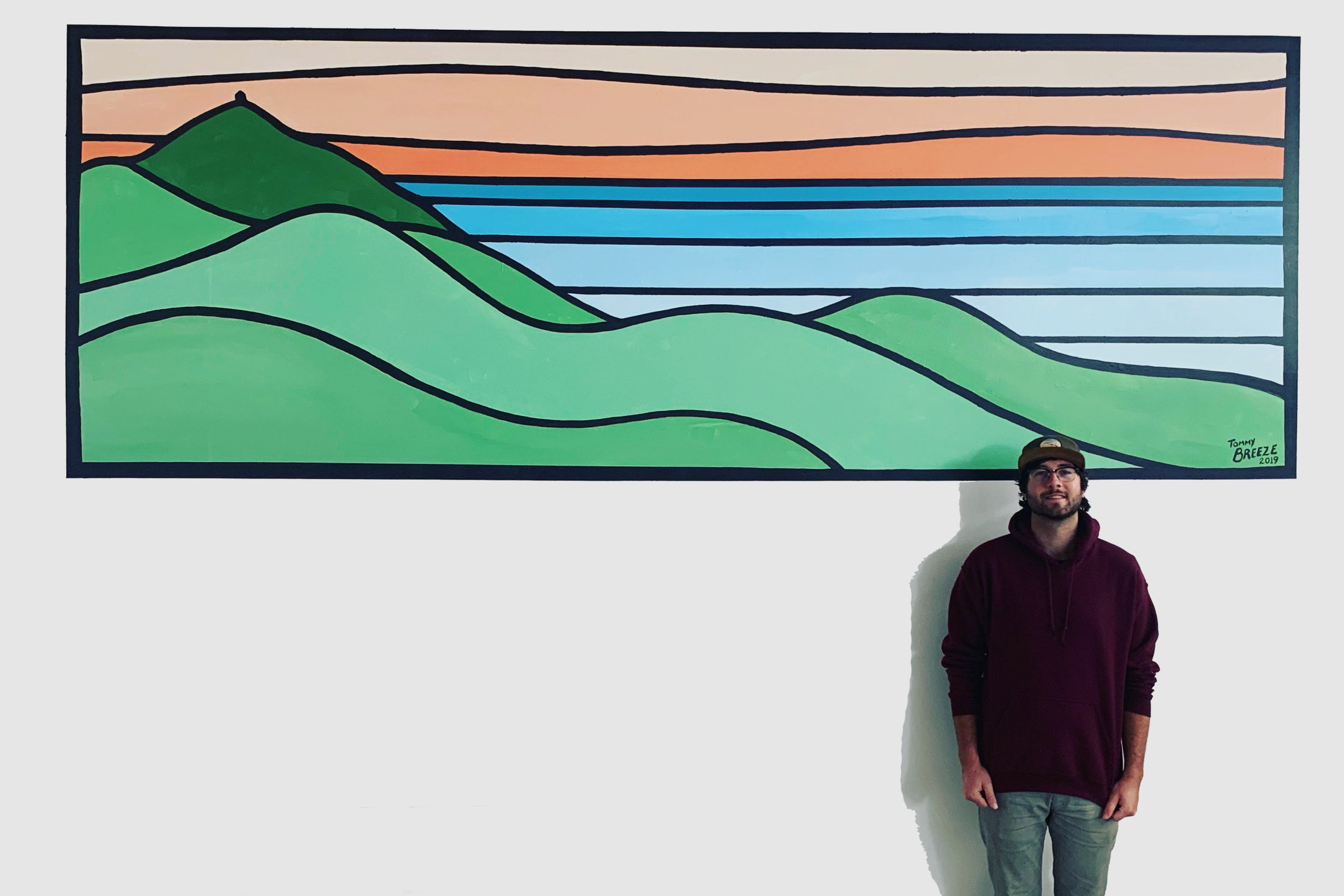
As a native Californian, how do you feel about how tech has transformed the Bay Area?
It’s really a double-edged sword. Especially in the late ’90s, there was a big draw for developers to come to the Bay Area — the whole idea of Silicon Valley and Hewlett-Packard and Apple, companies that were already here from the ’70s and ’80s. It created this culture of, if you’re looking for that start-up money, you gotta be in Silicon Valley or San Francisco. I think that created an interesting bubble here — and I really would call it a bubble. I think there’s a lot more to be gained from the Bay Area than it just being a tech hub.
What do you think are the possibilities there?
I would encourage people who are looking for a deeper connection with the Bay Area to get outdoors and take a moment to check in and think about what’s important at the end of the day — and to support the companies that are the more OG-minded S.F. companies, whether it’s apparel or street art or manufacturing. San Francisco used to be a major manufacturing hub for all kinds of cool stuff — where major shipbuilding happened during World War II, and before that, where Levi’s was founded, back in the late 1840s. The Bay Area can be more oriented around the maker perspective. And if the tech companies do decide to leave, they can make that decision — there’ll still be opportunities here. I want to show people that it’s possible for them to make a living doing really cool stuff.
This article was featured in the InsideHook SF newsletter. Sign up now for more from the Bay Area.
